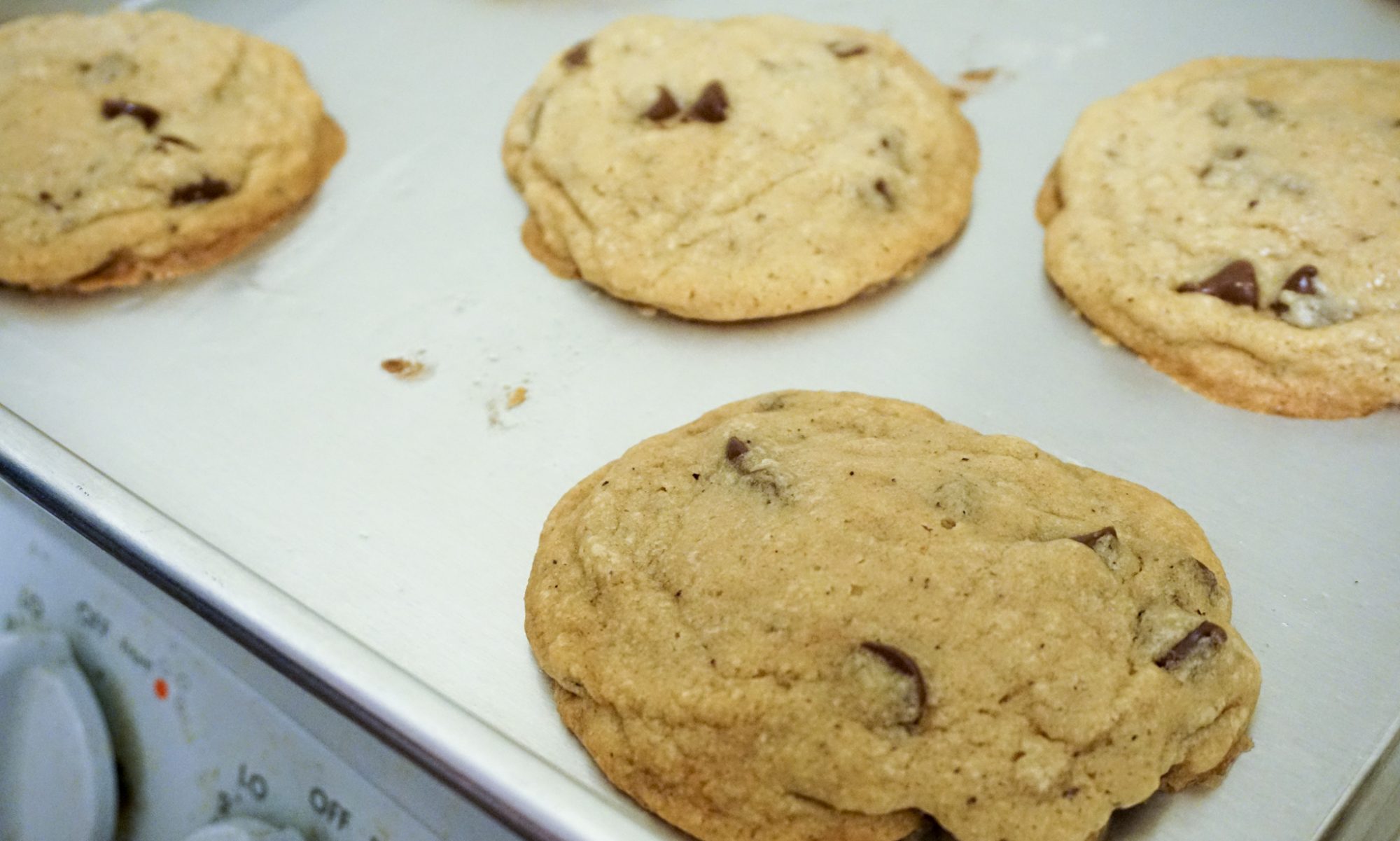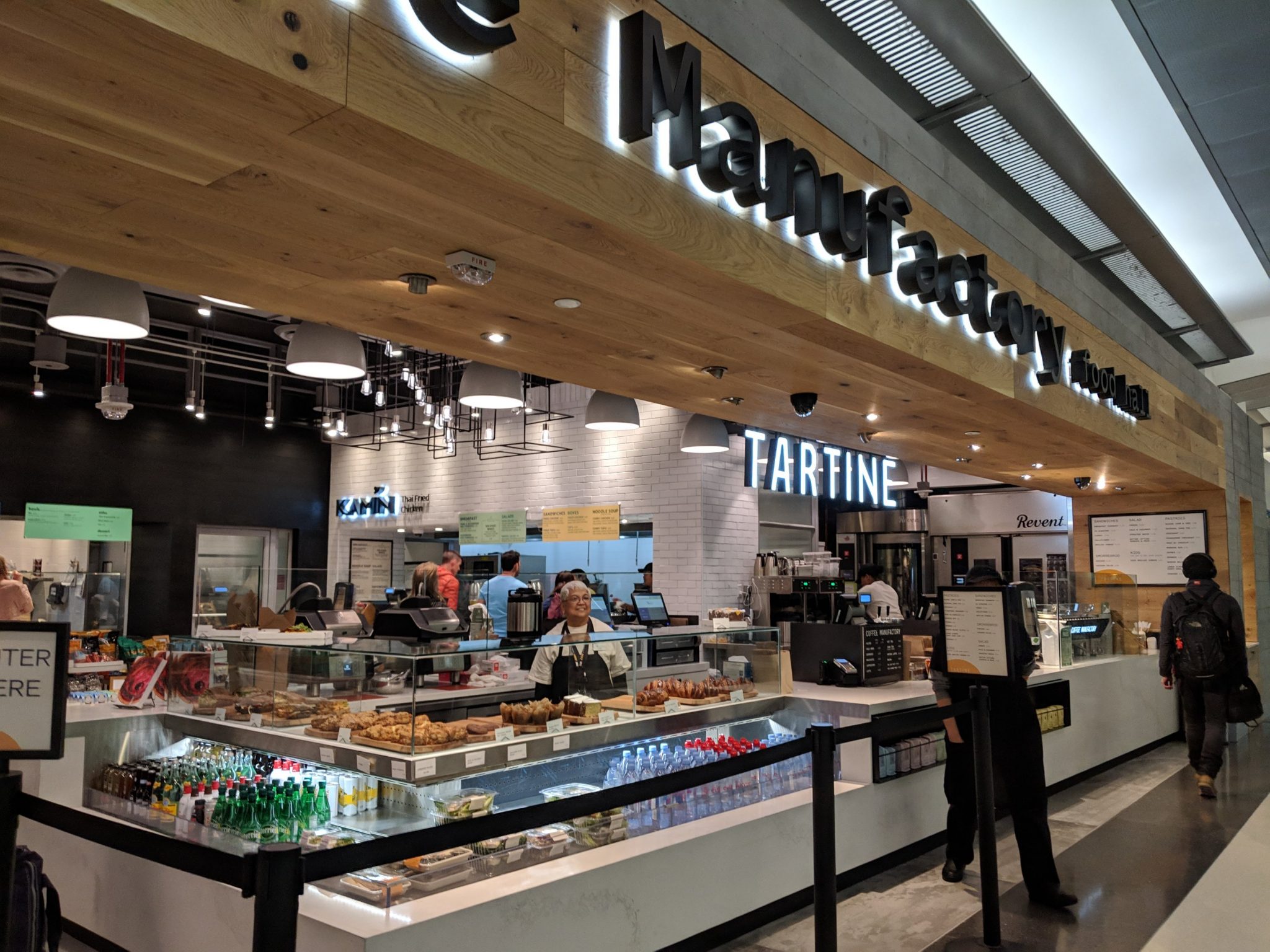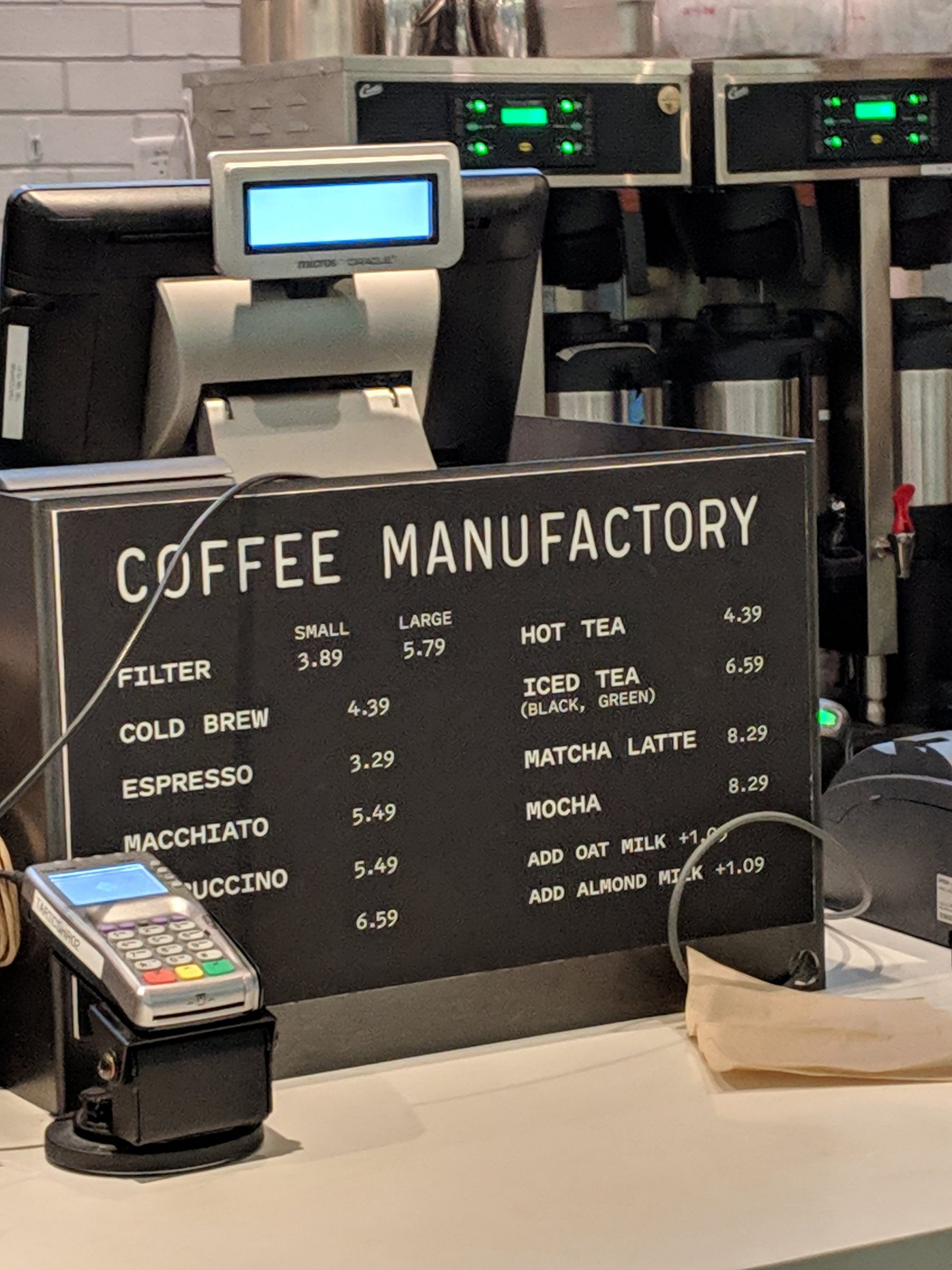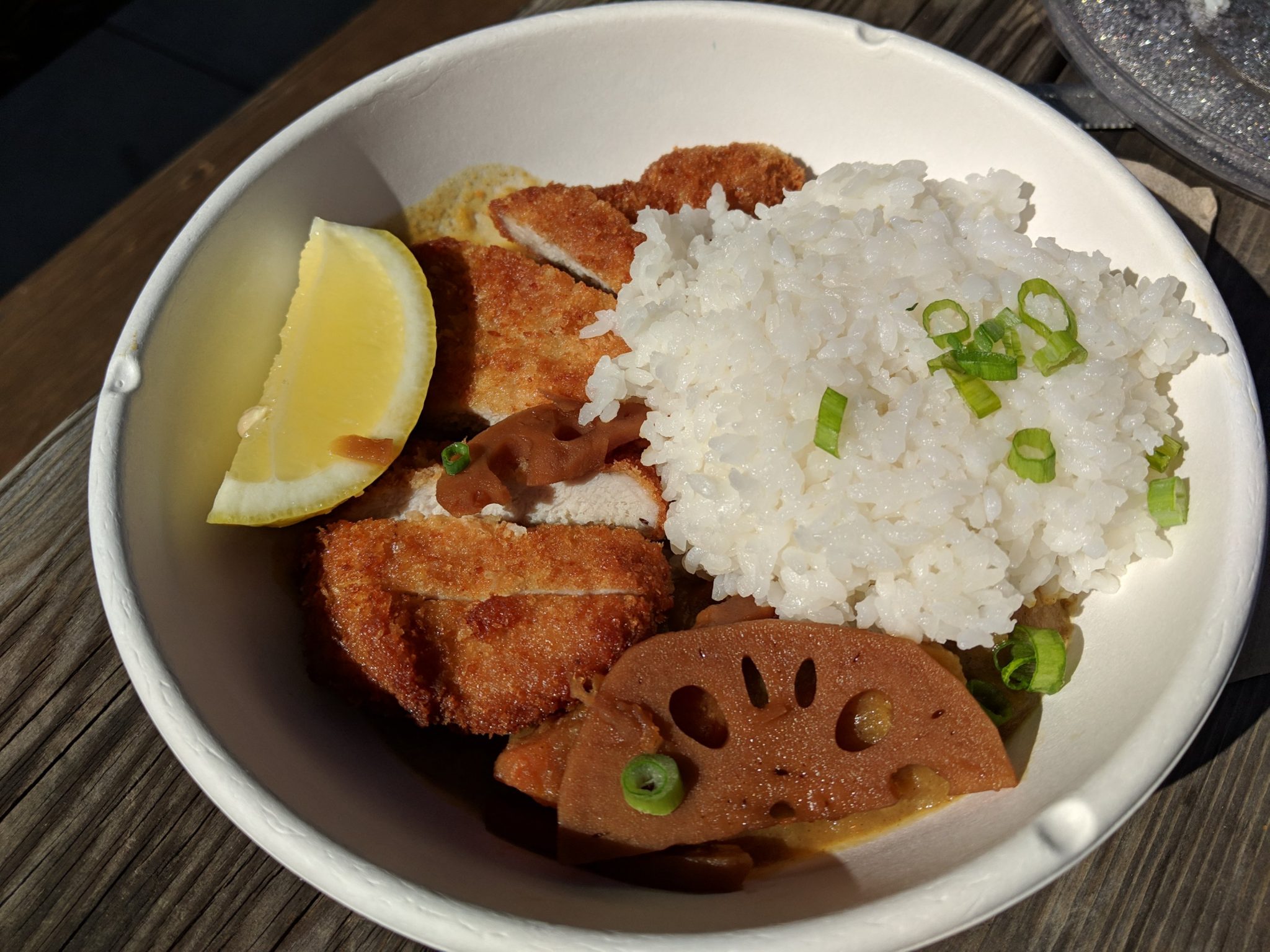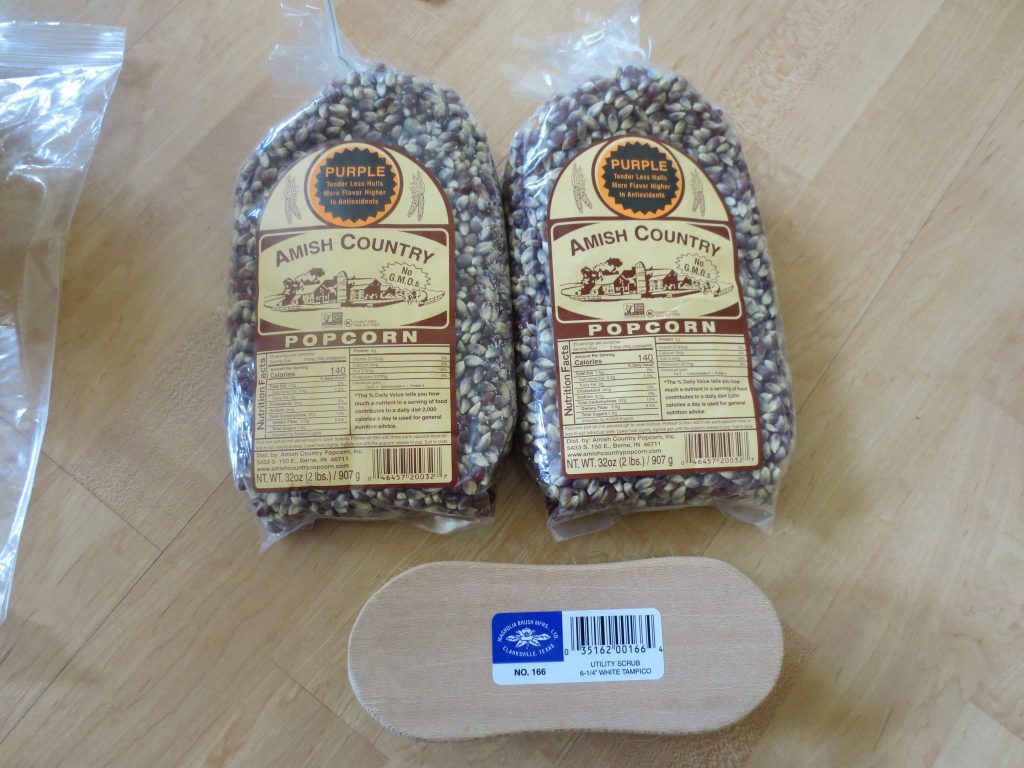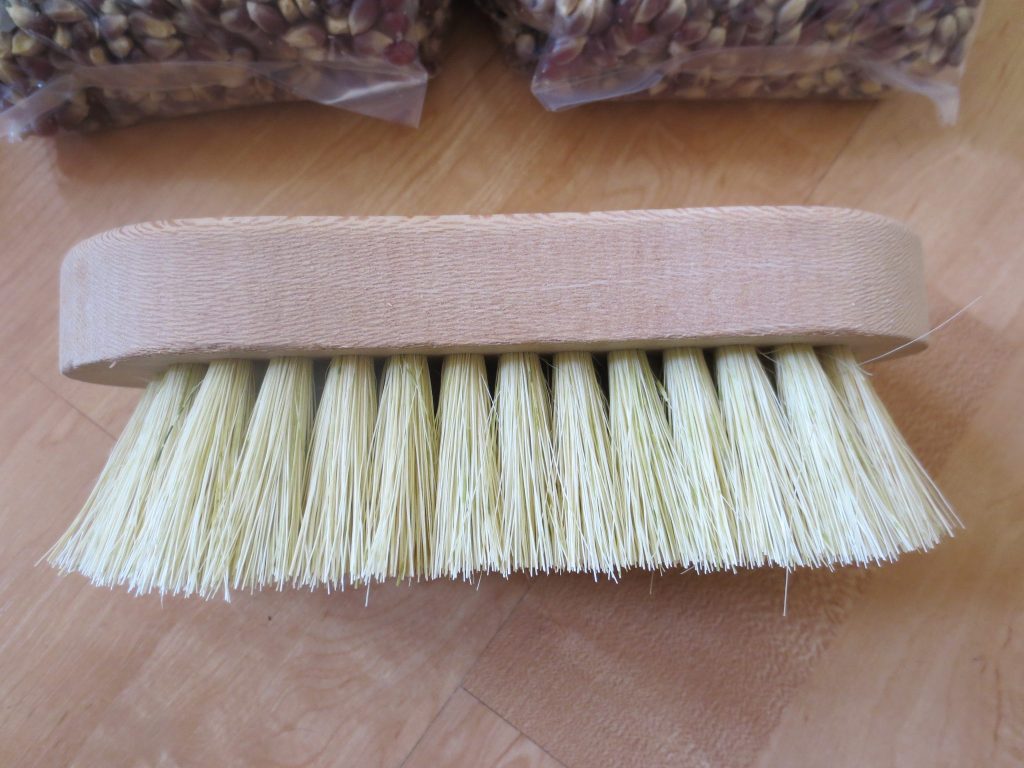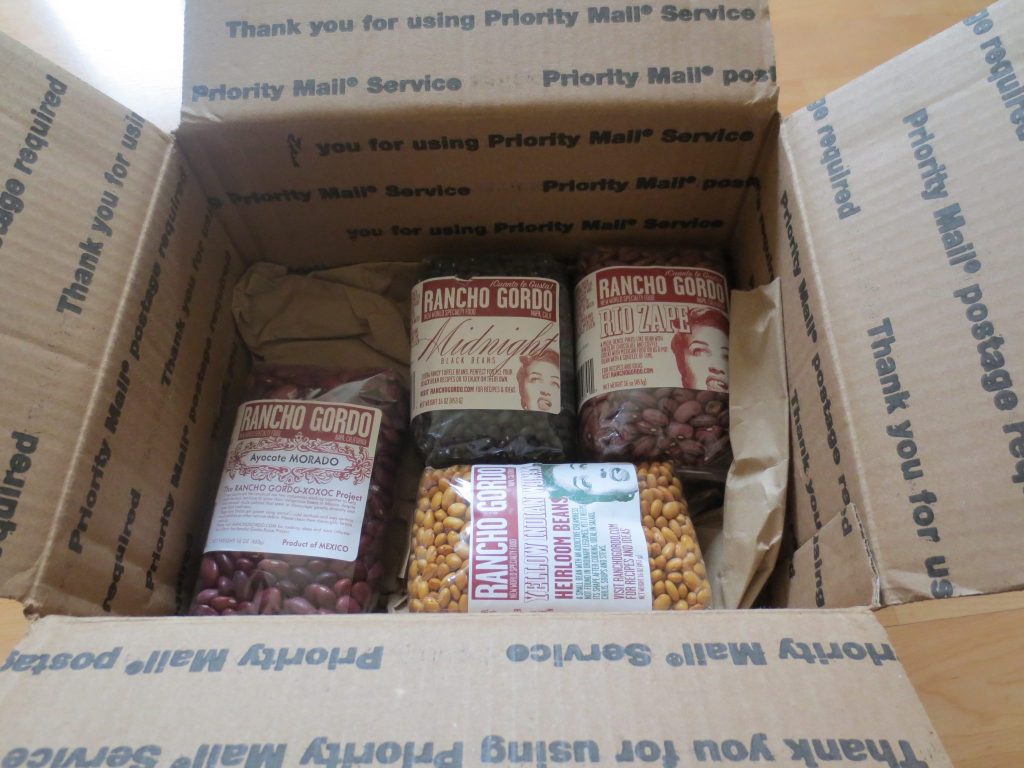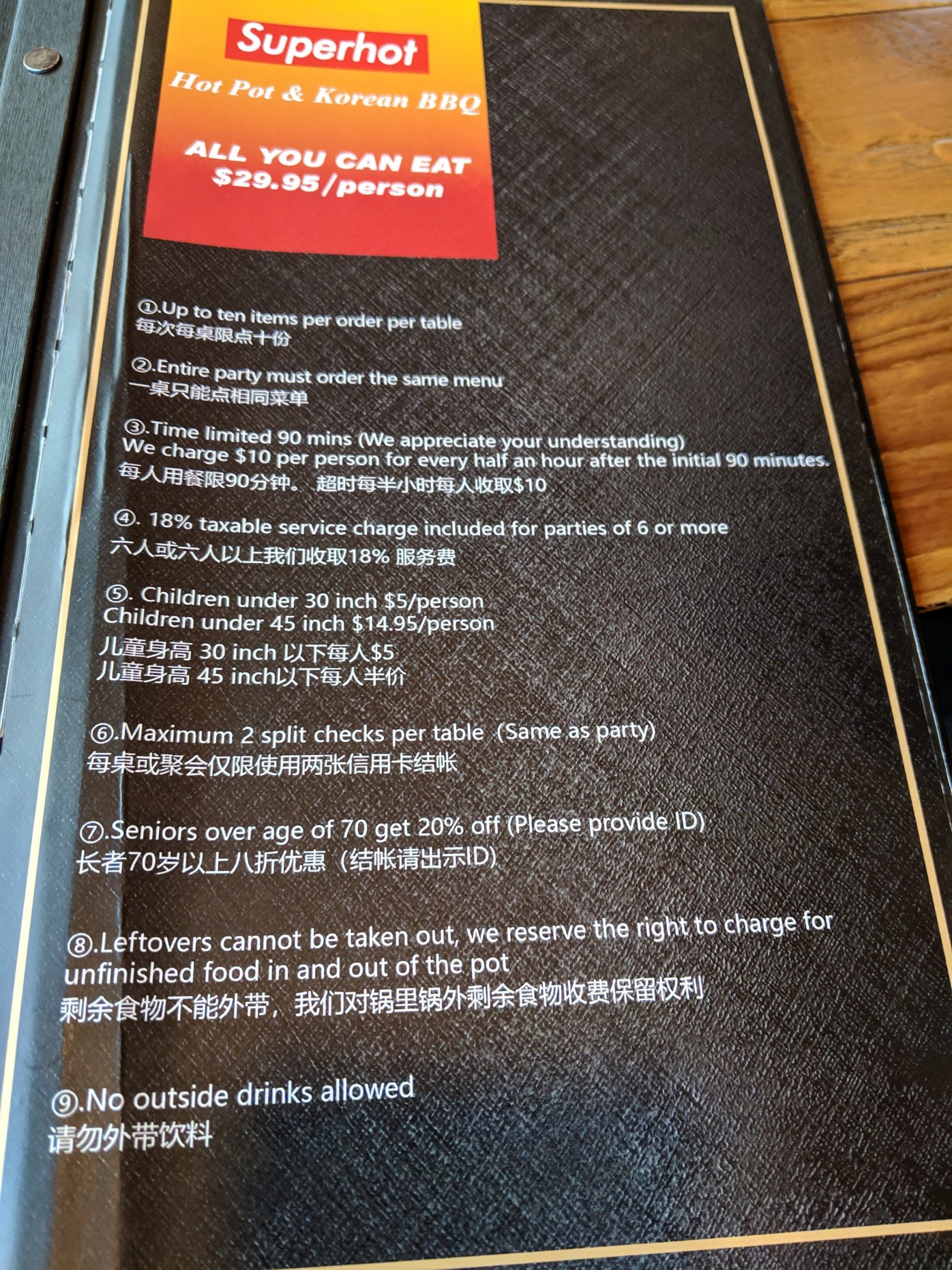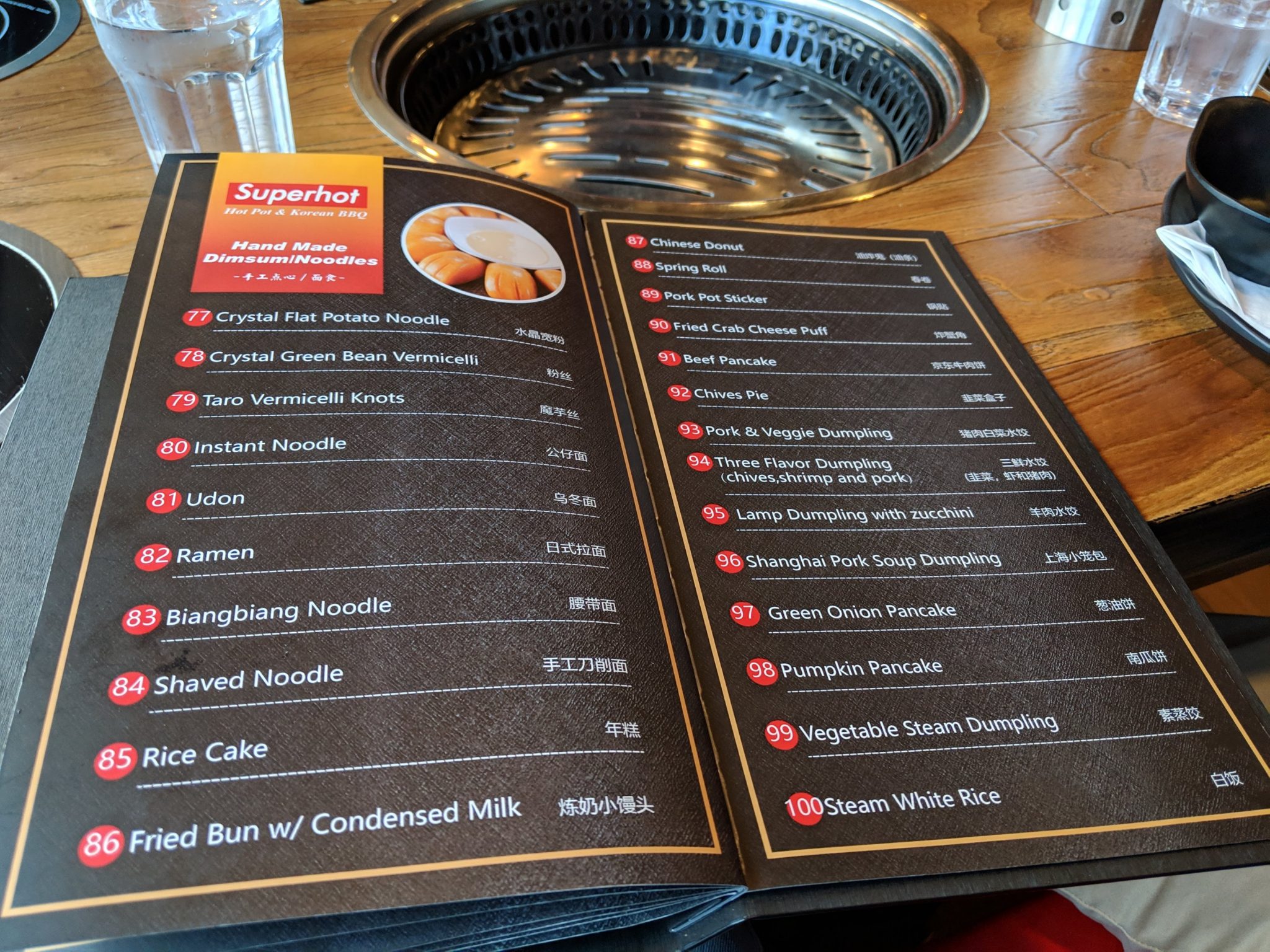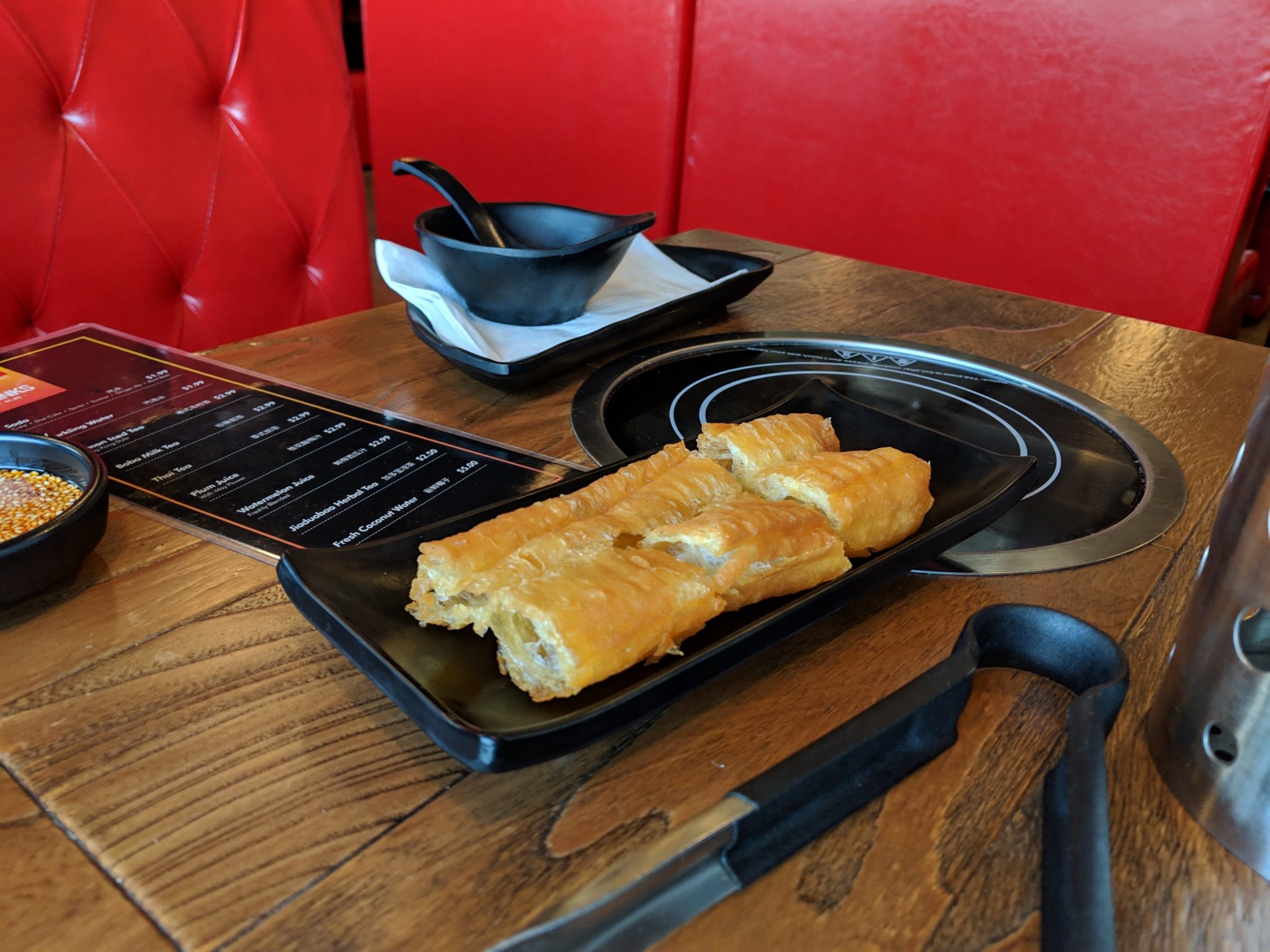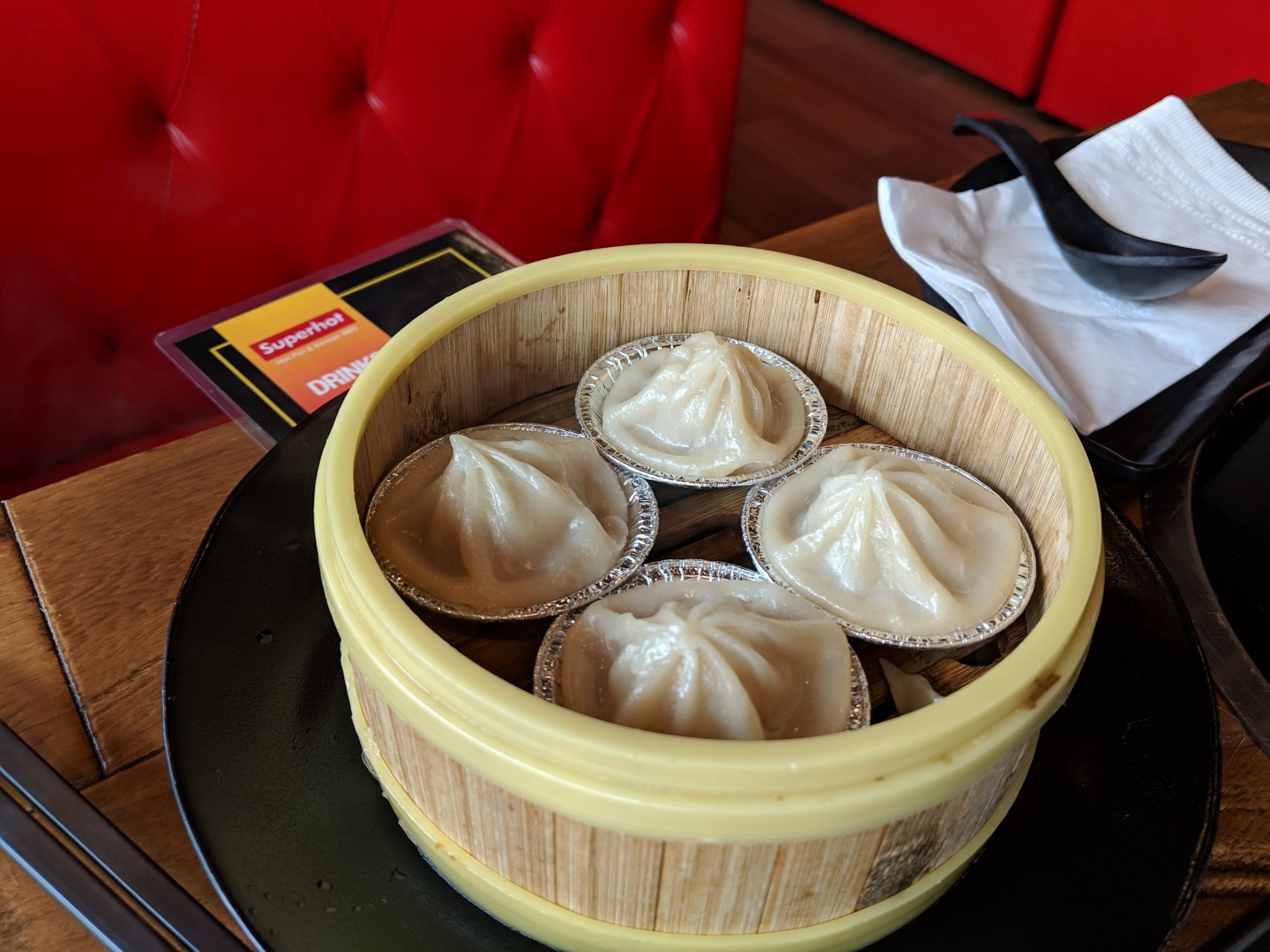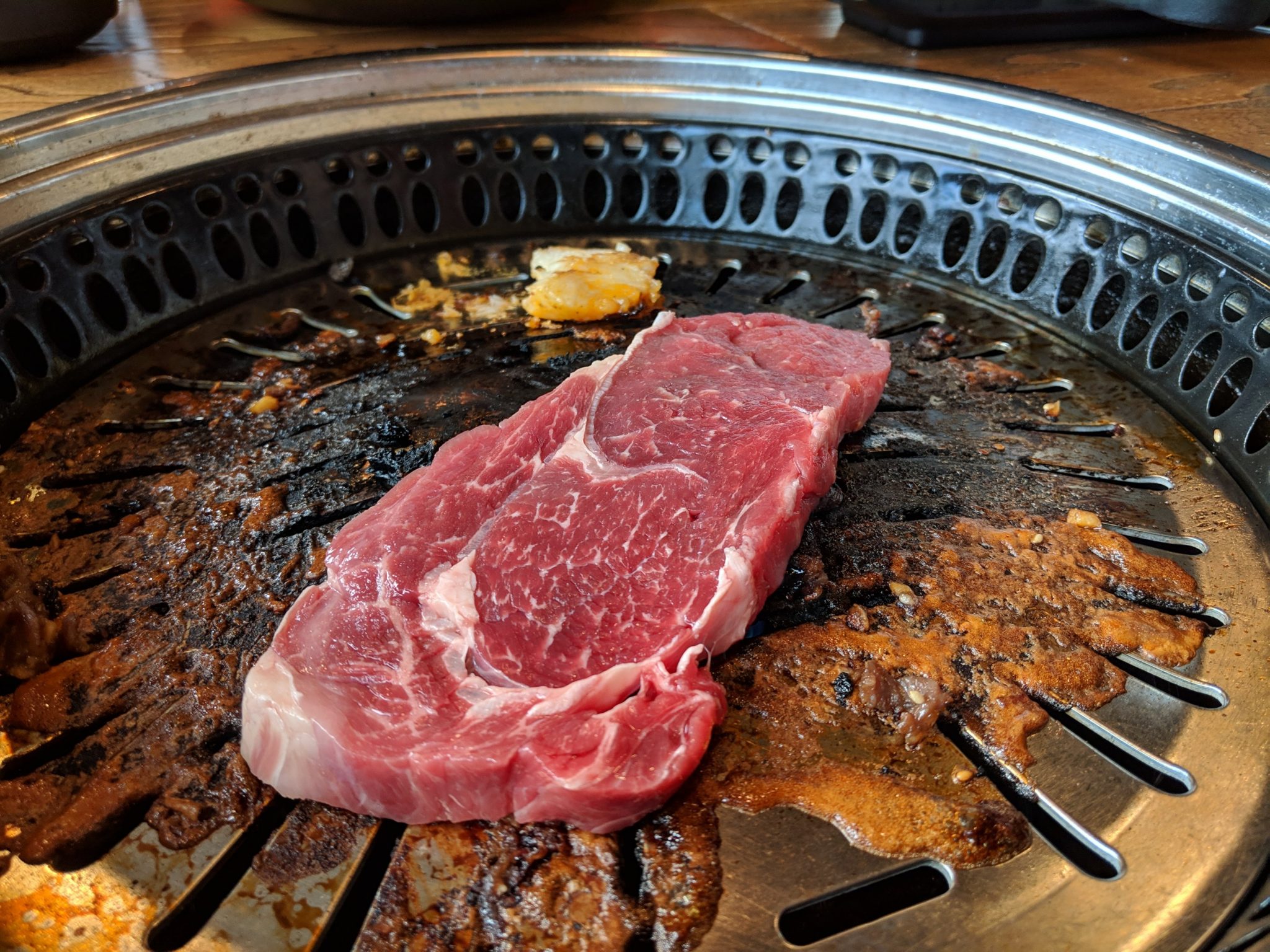I discovered a neighbor was moving out when I discovered trash bags full of dry goods (gasp!) outside their door. I couldn’t keep myself from asking if it was fine for me to take what I wanted (the answer was “yes” and I was even offered my pick of furniture), so I ended up with this haul:
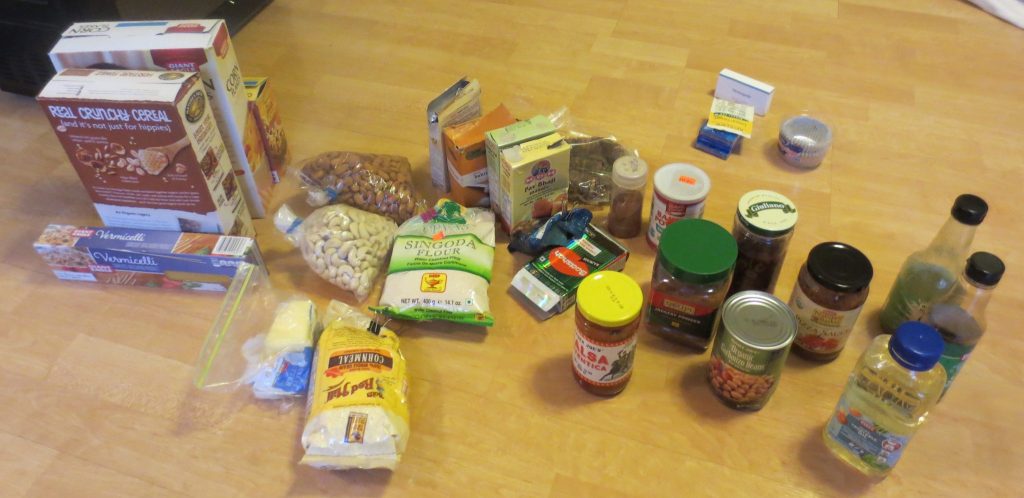
I love getting stuff I wouldn’t normally buy. It’s a treat 🙂 I especially enjoyed the salsa.
The day the neighbors moved out, I dug through the apartment dumpster, and additionally got a chair (for putting my “in use” clothes on), an apparently never-used yoga mat, laundry detergent (never get Gain original scent… On the plus side, I hear Gain is super strong), and a single handkerchief.
